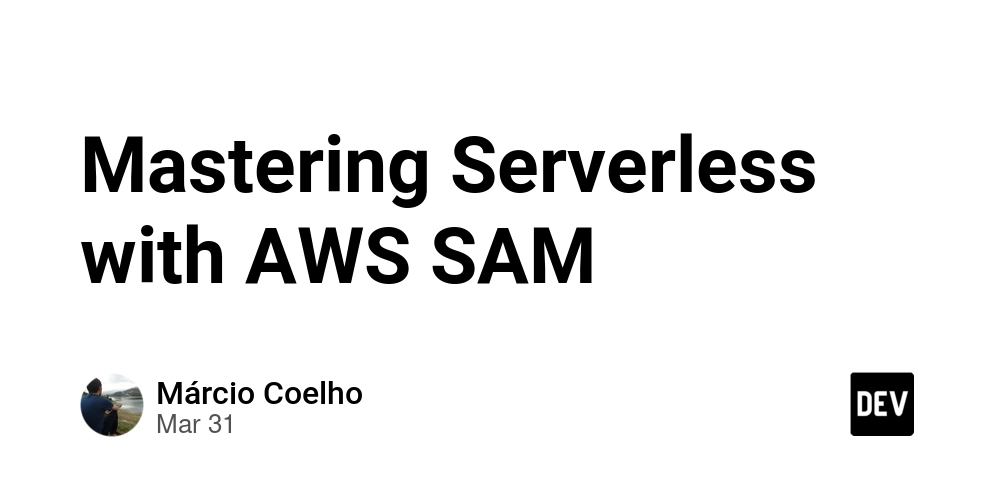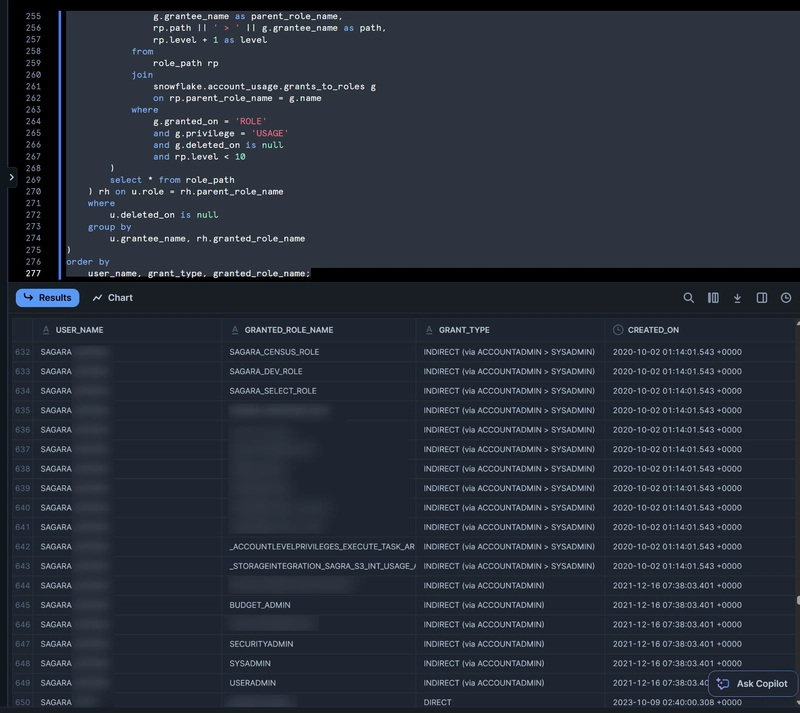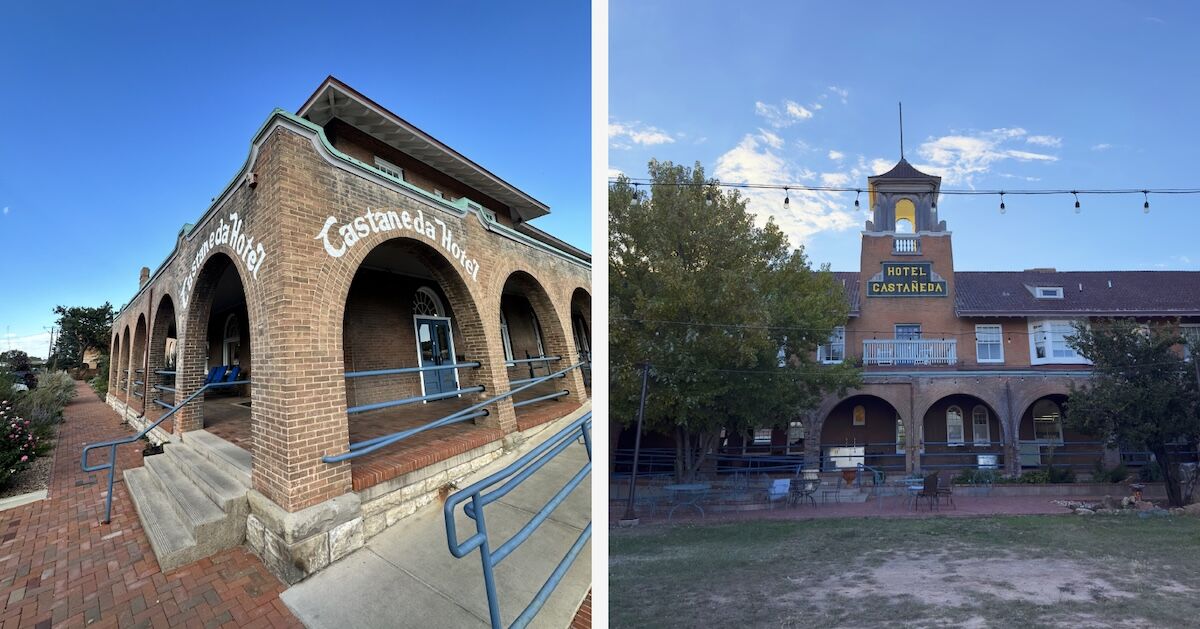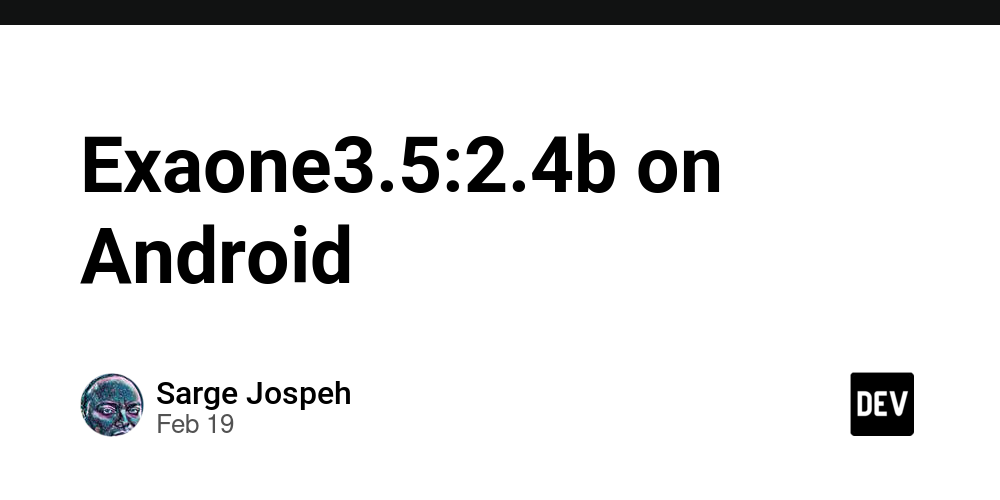Mastering Serverless with AWS SAM
AWS Lambda is a serverless compute service that lets you run code without provisioning or managing servers. AWS SAM (Serverless Application Model) is an open-source framework that makes building and deploying serverless applications easier. In this guide, we will walk through setting up an AWS Lambda function using Node.js and AWS SAM. Step 1: Create a New AWS SAM Application To begin, open a terminal and run: sam init Select the following options when prompted: Template source: AWS Quick Start Templates Runtime: nodejs22.x (or latest available) Package type: Zip Project name: aws-sam-node-lambda Once completed, navigate to the project directory: cd aws-sam-node-lambda Step 2: Understanding the Project Structure Your SAM project contains several files and folders: aws-sam-node-lambda/ ├── functions │ ├──hello-world/ │ ├── app.js # Lambda function code │ ├── package.json # Node.js dependencies │ ├── tests/ # Unit tests ├── template.yaml # AWS SAM template defining resources The template.yaml file is crucial as it defines your AWS resources. Step 3: Writing the Lambda Function Modify hello-world/app.js to: exports.lambdaHandler = async (event, context) => { return { statusCode: 200, body: JSON.stringify({ message: "Hello from AWS Lambda with Node.js and SAM!" }) }; }; Step 4: Build and Test Locally Before deploying, build the function: sam build To invoke it locally: sam local invoke HelloWorldFunction Expected output: { "statusCode": 200, "body": "{\"message\":\"Hello from AWS Lambda with Node.js and SAM!\"}" }

AWS Lambda is a serverless compute service that lets you run code without provisioning or managing servers. AWS SAM (Serverless Application Model) is an open-source framework that makes building and deploying serverless applications easier. In this guide, we will walk through setting up an AWS Lambda function using Node.js and AWS SAM.
Step 1: Create a New AWS SAM Application
To begin, open a terminal and run:
sam init
Select the following options when prompted:
Template source: AWS Quick Start Templates
Runtime: nodejs22.x (or latest available)
Package type: Zip
Project name: aws-sam-node-lambda
Once completed, navigate to the project directory:
cd aws-sam-node-lambda
Step 2: Understanding the Project Structure
Your SAM project contains several files and folders:
aws-sam-node-lambda/
├── functions
│ ├──hello-world/
│ ├── app.js # Lambda function code
│ ├── package.json # Node.js dependencies
│ ├── tests/ # Unit tests
├── template.yaml # AWS SAM template defining resources
The template.yaml file is crucial as it defines your AWS resources.
Step 3: Writing the Lambda Function
Modify hello-world/app.js to:
exports.lambdaHandler = async (event, context) => {
return {
statusCode: 200,
body: JSON.stringify({
message: "Hello from AWS Lambda with Node.js and SAM!"
})
};
};
Step 4: Build and Test Locally
Before deploying, build the function:
sam build
To invoke it locally:
sam local invoke HelloWorldFunction
Expected output:
{
"statusCode": 200,
"body": "{\"message\":\"Hello from AWS Lambda with Node.js and SAM!\"}"
}












































































